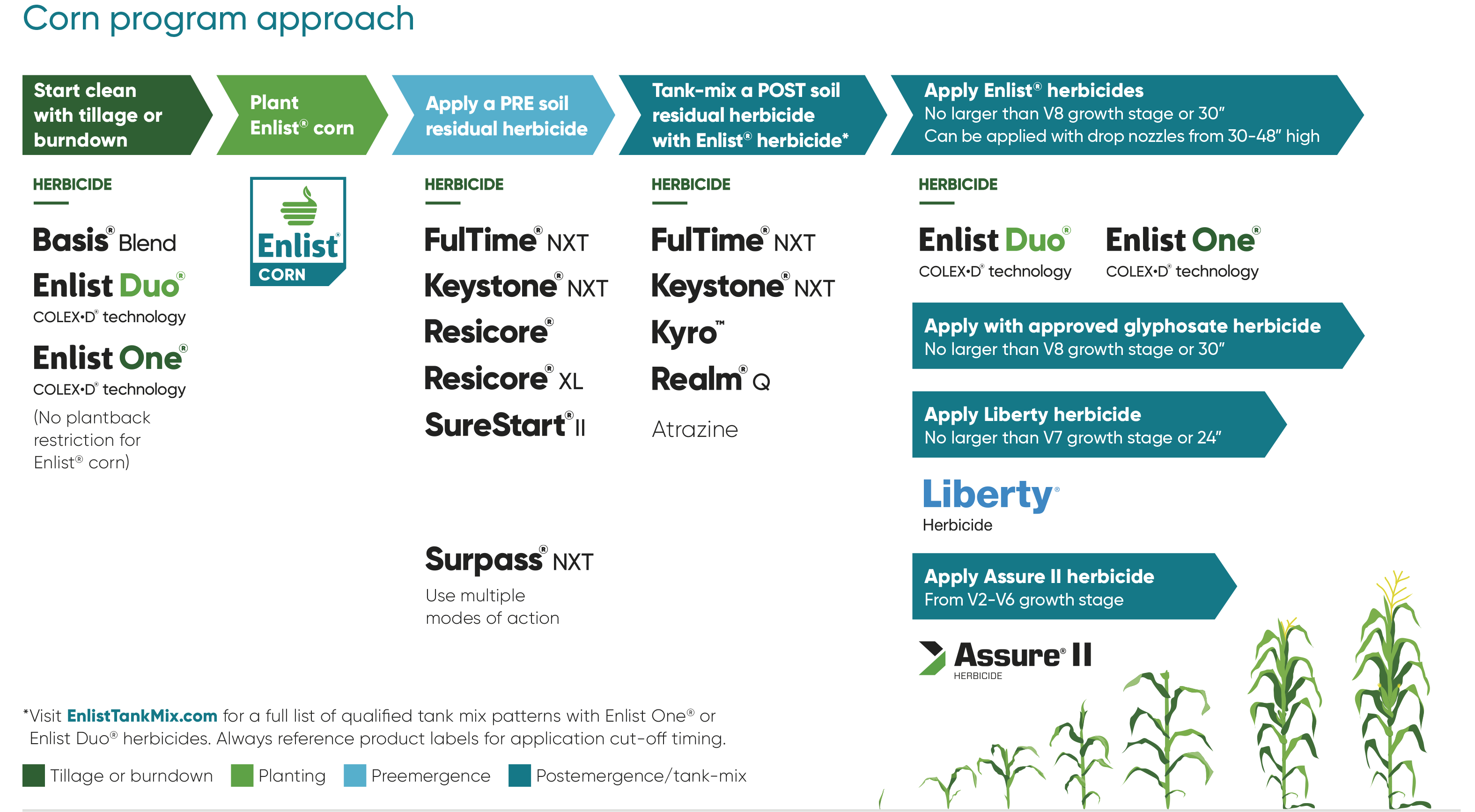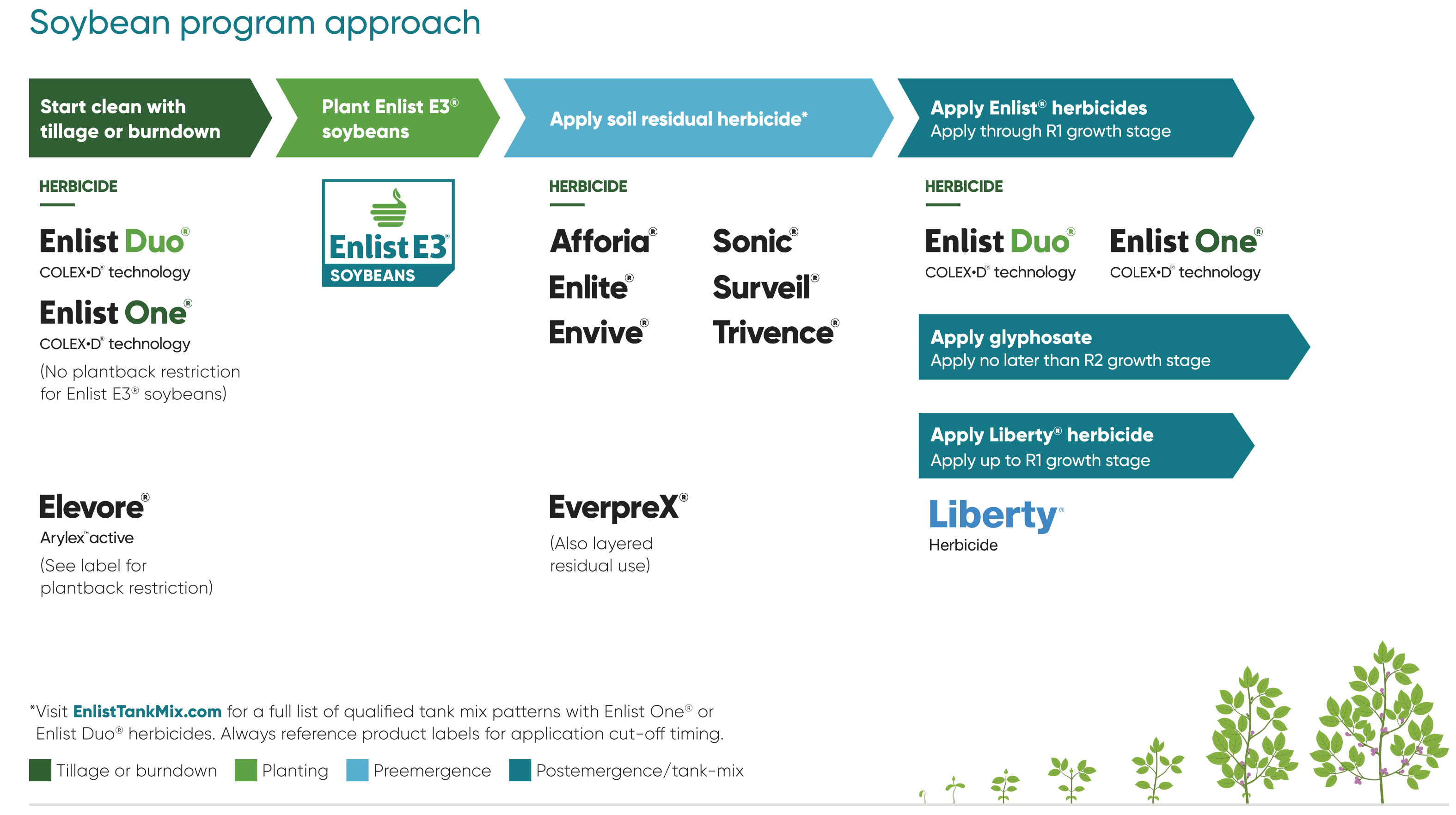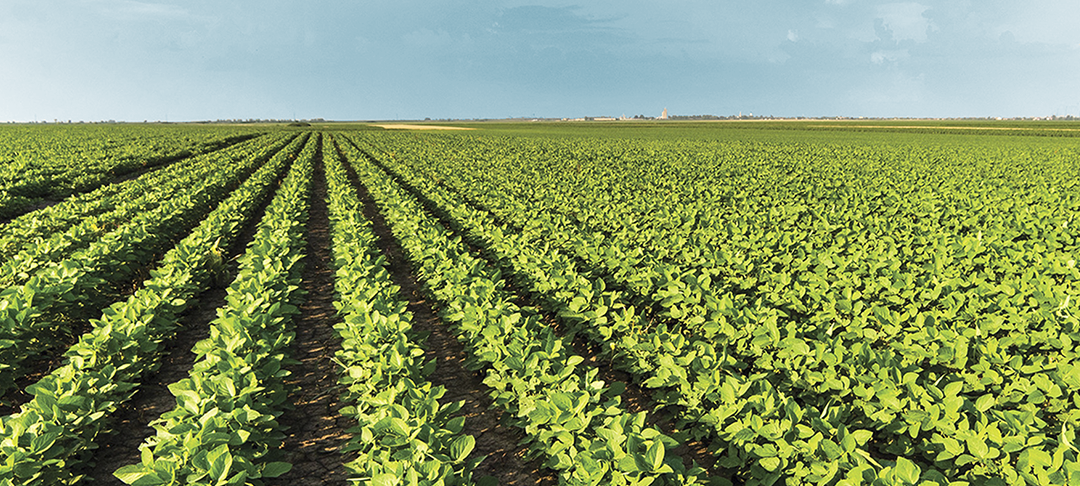Cutting your corn and soybean herbicide costs to save money may cost you more in lost yield at harvest. Ensuring precise pre- and post-herbicide application isn’t just about protecting your crops from weeds; it’s about safeguarding your harvest’s success. Short-term savings on herbicide applications often increase costs and frustration in the long run.
Why it matters to you
Weeds and weather directly impact your bottom line. If they’re present as early as the V2 growing stage, they can start reducing corn yield, and the risk to yield potential grows exponentially from there. Waterhemp can reduce corn yield by anywhere from 5%–20%, depending on weed density. Growing 200 bu/A corn and having a waterhemp problem could mean 10–40 fewer bushels per acre.¹
Adapting to unpredictable weather patterns is essential for maintaining yield potential. Effective weed control, particularly through preemergence herbicide applications, is crucial for combating early-season weed pressure and minimizing yield losses. By understanding the importance of herbicide selection, timing and variety choice, you can optimize your weed management strategies and safeguard your crop’s success.
Preemergence applications are vital in reducing the yield effect from early-season weed competition and extending the postemergence application window. Failure to incorporate preemergence herbicides in your weed control program will likely result in the need for multiple postemergence applications, more weed escapes and a greater risk of weed resistance.
Take action
To stay ahead of weed and disease pressure, use a program approach that includes multiple action modes against weeds and disease.
- Identify weed challenges: What weeds were a problem last year, and how effective are your control measures? A program approach becomes important when weather affects key spraying windows or the activation of residual herbicides.
- Start clean: Ensure your fields are weed-free through tillage or burndown applications before planting. This sets the stage for optimal preemergent herbicide performance by minimizing early-season weed competition. In addition, make sure your tillage equipment is set deep enough to uproot the weeds.
- Watch the weather: Stay informed about weather patterns and their impact on herbicide application, particularly preemergent herbicides, which are sensitive to weather fluctuations.
- Plant soybeans early, if possible: Soybean yield can increase by an average of 3–4 bu/A by planting early.² Remember the weed control challenges that can come with this timing and the importance of a good preemergence herbicide.
- Timely precision application: For effective weed control, apply herbicides when challenging weeds like Palmer amaranth or waterhemp are 2–3 inches tall. Be sure to scout regularly to identify insects, diseases and early weed escapes before it’s too late. Accurate calibration of application equipment is critical for uniform coverage.
- Plant herbicide-resistant varieties: Incorporate herbicide-resistant crop varieties, such as those with Enlist® traits, into your rotation. These varieties offer additional weed control benefits and reduce reliance on chemical interventions, mitigating the risk of herbicide resistance development.
- Consider biological products: The demand for nitrogen in a high-yield soybean crop is high, and biologicals, such as Utrisha® N nitrogen efficiency optimizer, can help supplement nitrogen in soybeans. Farmers who use Utrisha N on soybeans in trials gain an average of 2.5 bu/A. Corteva Agriscience offers a growing portfolio of proven biologicals to help soybeans thrive under challenging weather or unfavorable soil conditions.
The bottom line
Strategic herbicide application is paramount for maximizing crop yields and ensuring the success of corn and soybean production on your farm. By implementing tailored preemergent and postemergence herbicide strategies alongside integrated weed management practices, farmers can effectively combat weeds while safeguarding the productivity and sustainability of their crops.


¹ Hartzler, Bob. “Influence of corn on waterhemp growth.” Iowa State University Extension and Outreach. https://crops.extension.iastate.edu/encyclopedia/influence-corn-waterhemp-growth.
² Pedersen, Palle. “Soybean Planting Date.” Iowa State University. https://crops.extension.iastate.edu/files/article/PlantingDate_000.pdf.\
Utrisha® N is not registered for sale or use in all states. Contact your state pesticide regulatory agency to determine if a product is registered for sale or use in your state. Always read and follow label directions.

